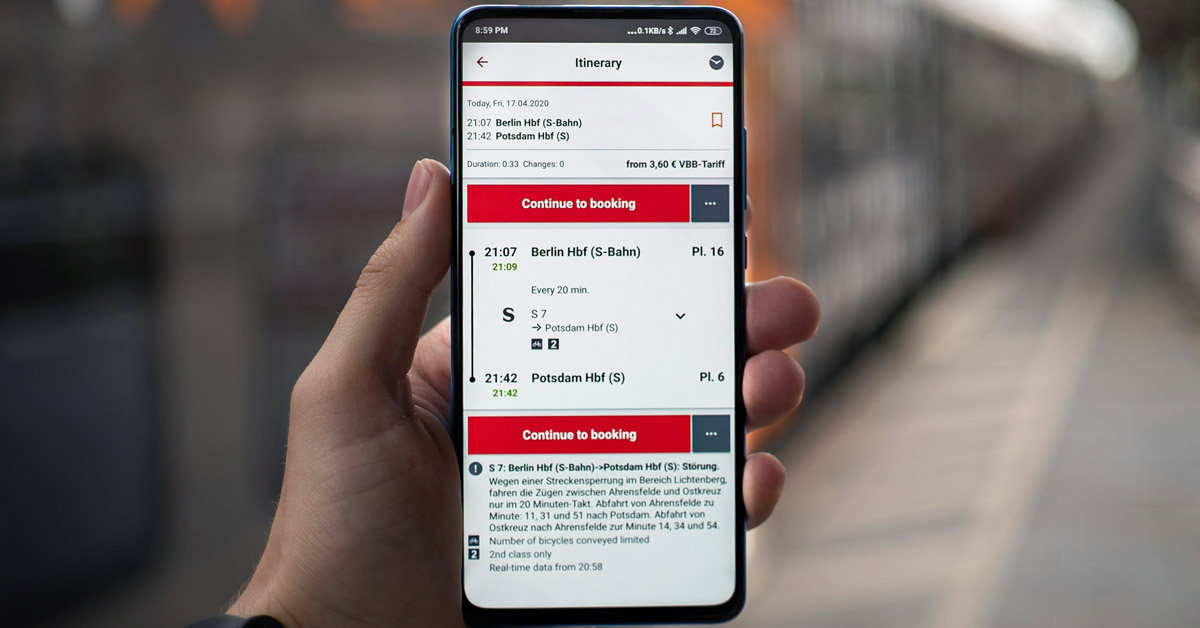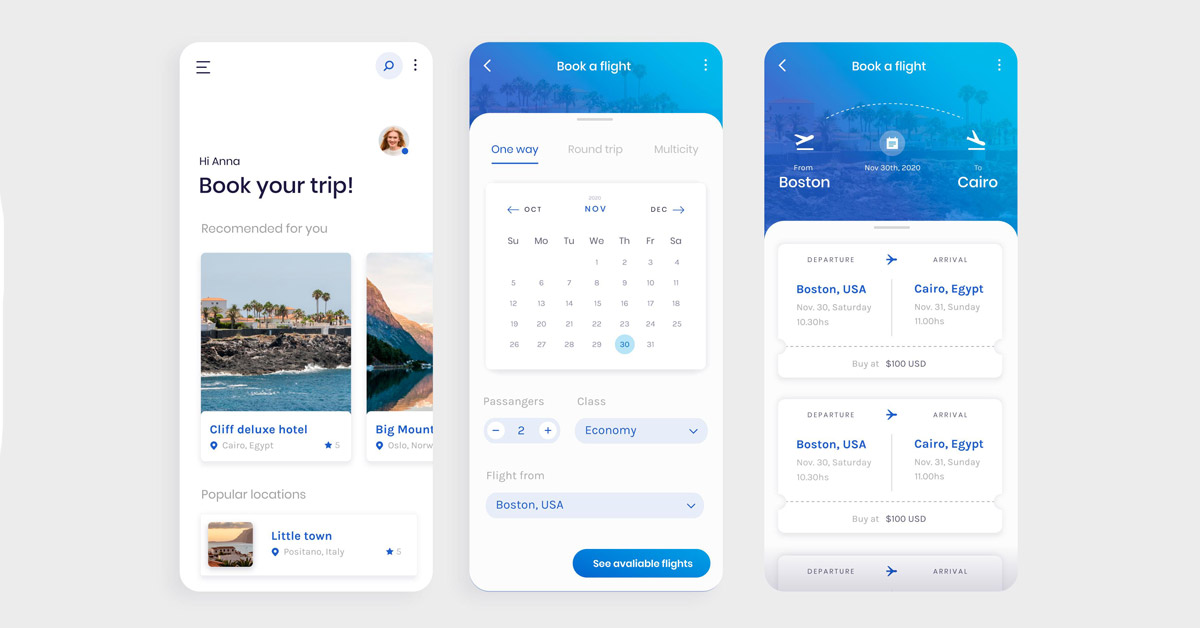How do hotels typically formulate their pricing and pricing structure, incorporating revenue management strategies for optimal results, in the ever-evolving landscape of the hospitality industry?
In the intricate landscape of the hospitality industry, profit stands as the lodestar guiding hotels toward success. Hotel pricing, a linchpin of revenue management, plays a pivotal role in navigating the delicate balance between cost, demand, and competition.
In this article, we’ll explore the historical bedrock of hotel pricing, dissecting the traditional approach and its implications on yield and profit generation. Moreover, it sheds light on the inherent risks faced by the industry worldwide, particularly in preserving the integrity of established pricing structures.
Traditional Approach: The Cost-Driven Paradigm
The foundation of hotel pricing historically rested on a tripartite relationship involving cost, demand, and competition. A predominant approach in the yesteryears was the cost-driven strategy, epitomized by the rule-of-thumb method or the $1 per $1,000 rule. This simplistic formula suggested charging approximately $1 per night for every $1,000 of room cost, with the assumption of a 70 percent occupancy rate.
However, the practical application of this rule often led to misunderstandings, underscoring the need for a more nuanced approach. Another quantitative method involved computing an average room rate that covered operational costs and ensured a reasonable return on investment (ROI). These methods, while providing stability, showed limitations in adapting to dynamic economic environments.
Qualitative Strategies: Navigating Flexibility in Pricing
Recognizing the evolving nature of the hospitality sector, qualitative pricing approaches gained prominence. Techniques such as percentage increases tied to inflation, payroll, and supply costs brought a realistic perspective to pricing projections. Moreover, competition-oriented methods added flexibility to pricing structures.
The Pied Piper and Gouge ‘Em approaches, rooted in competition dynamics, offered varied strategies. While the former aligned pricing with industry competitors, the latter sought to attract business by undercutting rivals. In scenarios where competition was scarce, the Hit or Miss method allowed for flexible rate fluctuation tied to profitable occupancy levels.
Data-Driven Precision: Harnessing Technology for Optimal Pricing
In the contemporary hotel landscape, technology has emerged as a powerful ally in refining pricing strategies. The advent of data-driven analytics allows hotels to delve into intricate patterns of consumer behavior, booking trends, and market demand. Utilizing advanced revenue management systems, hotels can optimize pricing dynamically, responding to real-time fluctuations in demand and supply.
By integrating historical data, predictive analytics, and machine learning algorithms, hotel professionals gain unprecedented insights into pricing sensitivity, enabling them to implement strategic pricing adjustments that maximize revenue while maintaining competitiveness. This data-centric approach transcends the limitations of traditional methods, providing a sophisticated and adaptive framework for hotel pricing.
Optimizing Profits Through Strategic Revenue Management
In the intricate tapestry of hotel pricing, the art and science of revenue management emerge as indispensable threads. Revenue management goes beyond the traditional pricing strategies, encompassing a dynamic approach to optimizing profits. It involves the strategic use of data analytics, demand forecasting, and pricing adjustments to ensure that room rates align with market demand and maximize revenue potential.
By leveraging sophisticated tools and technology, hotel administrators can implement agile pricing strategies, responding in real-time to changes in demand patterns and market conditions. In the ever-evolving landscape of the hospitality industry, a robust revenue management strategy becomes a linchpin for hotels seeking not only to set competitive prices but also to adapt swiftly to the nuanced fluctuations that define success in the modern marketplace.
Balancing Act: Ethical Considerations in Pricing Strategies
While the pursuit of profit remains paramount, hotel professionals must also grapple with ethical considerations in their pricing strategies. The interconnected global landscape of the hospitality industry necessitates a delicate balance between competitive pricing and fair business practices. Price gouging or adopting predatory pricing strategies may yield short-term gains, but the long-term repercussions can tarnish a hotel’s reputation and erode customer trust.
Striking a balance between profitability and ethical pricing involves transparency in communication, ensuring that guests understand the value proposition behind the rates. By aligning pricing strategies with a commitment to fair business practices, hotels can foster long-term relationships with guests and contribute to the sustainability of the industry as a whole.
Conclusion: Adapting Hotel Pricing for Modern Success
As hotel professionals grapple with the dynamic and competitive landscape, a nuanced understanding of hotel pricing becomes imperative. The traditional cost-driven paradigms, while foundational, require refinement to align with the fluid nature of the industry.
The integration of qualitative approaches, tethered to real-world cost projections and competition dynamics, ushers in a new era of flexibility and adaptability in hotel pricing. In safeguarding the integrity of established pricing structures, hotel professionals, especially those in general manager, financial controller, and sales director positions, can navigate the path to sustained profitability and success in an ever-evolving hospitality landscape.
For more information on Pricing Strategies, we recommend the following resources:
_________________________________________________
BDC – The 5 most common pricing strategies: https://www.bdc.ca/en/articles-tools/marketing-sales-export/marketing/pricing-5-common-strategies
HubSpot Blog – The Ultimate Guide to Pricing Strategies & Models: https://blog.hubspot.com/sales/pricing-strategy
Paddle – Pricing strategy guide: 7 types, examples, & how to choose: https://www.paddle.com/resources/pricing-strategy







